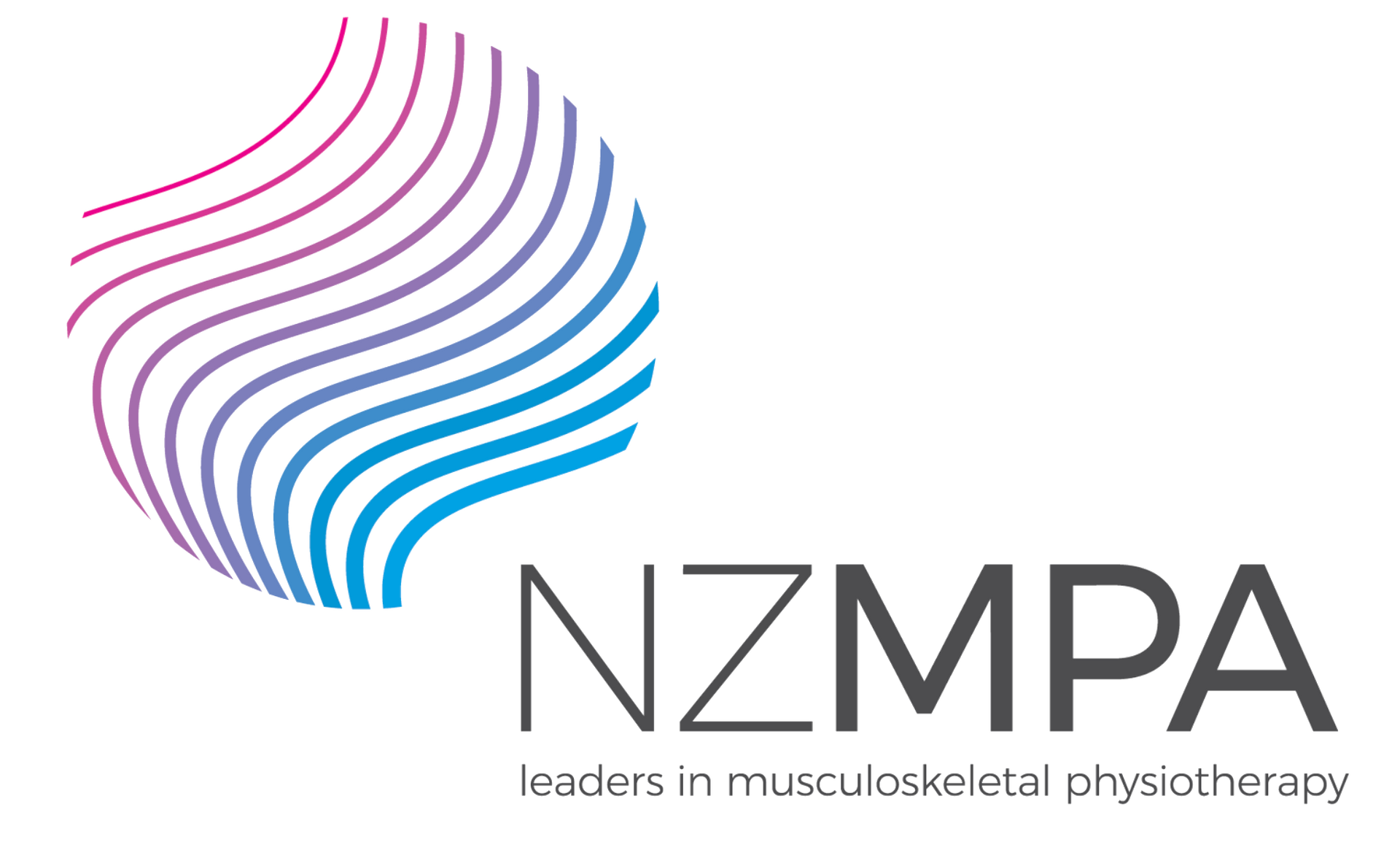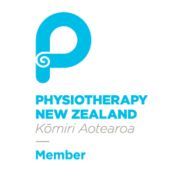Injury Diagnosis in Kapiti Coast & Levin
At KCP, we guarantee that our aim is to identify exactly what has gone wrong – in other words, our primary goal is to provide an accurate diagnosis. Now, that might be taken as a "given"; however, a physiotherapist's training, experience, and post-graduate qualifications will dictate just how well this process occurs. To absolutely understand an injury, a comprehensive examination needs to be completed. The subjective examination involves a sequence of questions that provide a guide to the anatomical structures involved in an injury. In some cases, more than one structure may have been damaged during an accident. Understanding the exact cause or mechanism of injury is extremely helpful. The objective examination involves a sequence of physical tests ranging from passive range of motion, active range of motion, strength, and special tests for ligaments or tendons to a neurological examination to assess for possible nerve damage. Assessment and treatment are closely connected, so the effect that treatment has on an injury may assist in determining a differential diagnosis for an injury. Every treatment involves assessment and reassessment to monitor progress.
Injuries occur on a continuum, starting with an obvious traumatic event to a joint structure with a high threshold to damage, down to an anatomical structure that has a low threshold to injury, making it possible for structural damage to be caused by a remarkably trivial event. In some cases, it can be several hours or even days before you "click" that you have a problem. The more trivial the "mechanism of injury", the more we focus on underlying stiffness, weakness and biomechanical dysfunctions. When you repetitively complete an activity such as swimming or throwing, anatomical structures can be slowly stressed; however, left unchecked, this can lead to severe problems. Once assessed, a carefully structured period of isolated rest may allow the bone, ligament or tendon to regain its full strength or regenerate tissue.
People often only request an assessment of a painful anatomical structure once it affects their function or has grown to a point where symptoms are constellations. This can make injuries more challenging to treat because a simple problem can become difficult to manage. Other factors that can affect symptoms are stress and anxiety. Finally, while we encourage patients to Google and learn more about their injuries and the structures involved, becoming proficient at injury diagnosis takes many years of study/experience. It is, therefore, best to leave the final diagnosis to a professional who sees many patients and understands musculoskeletal disorders well.



